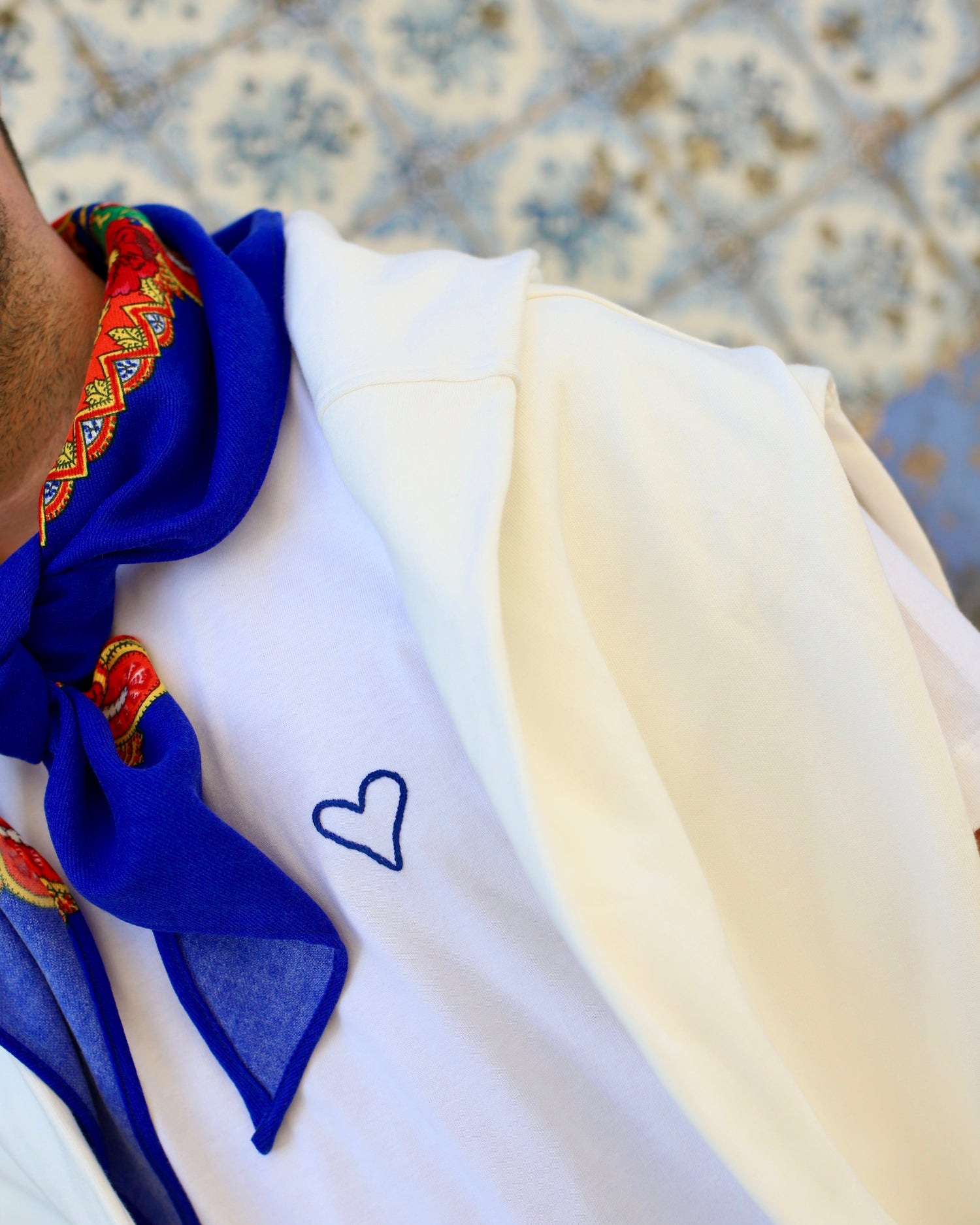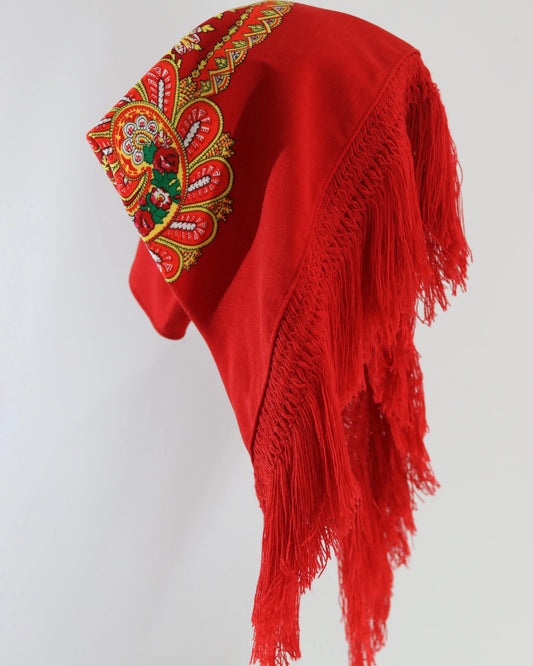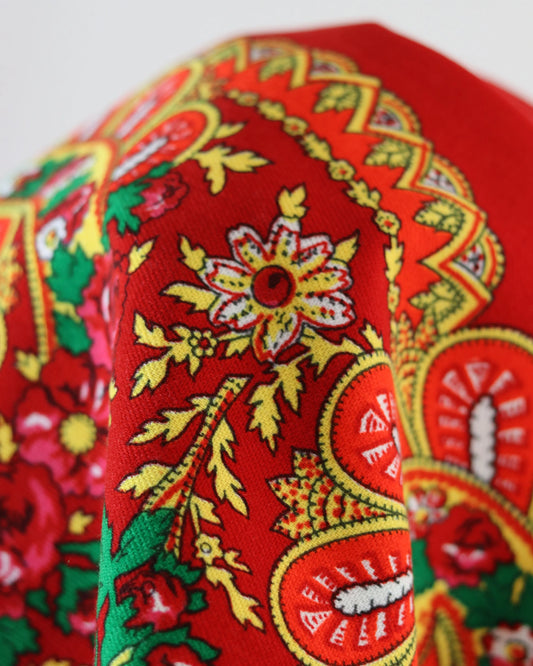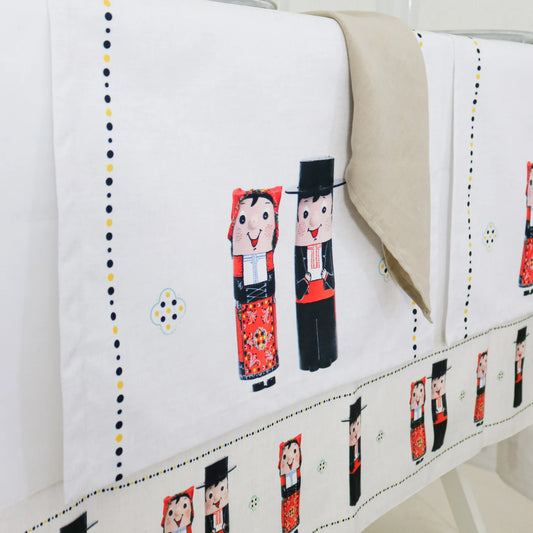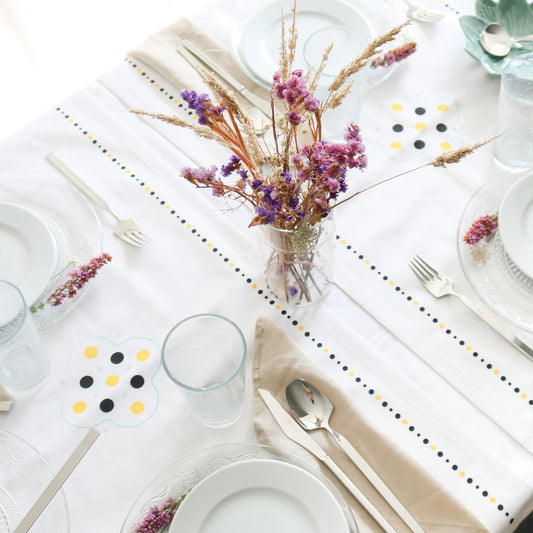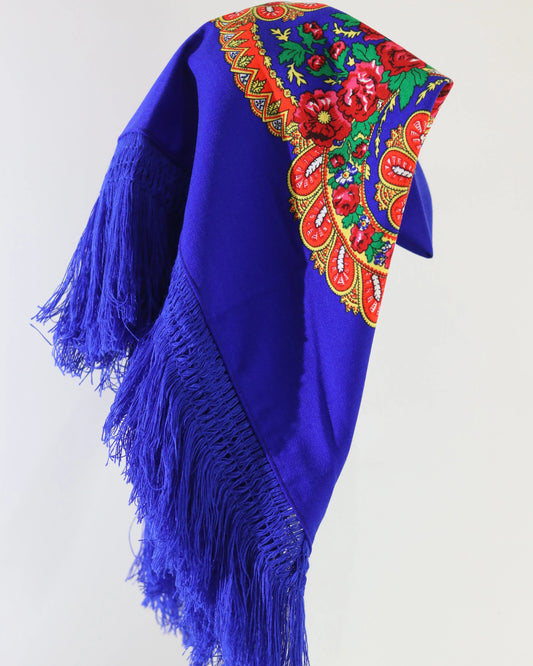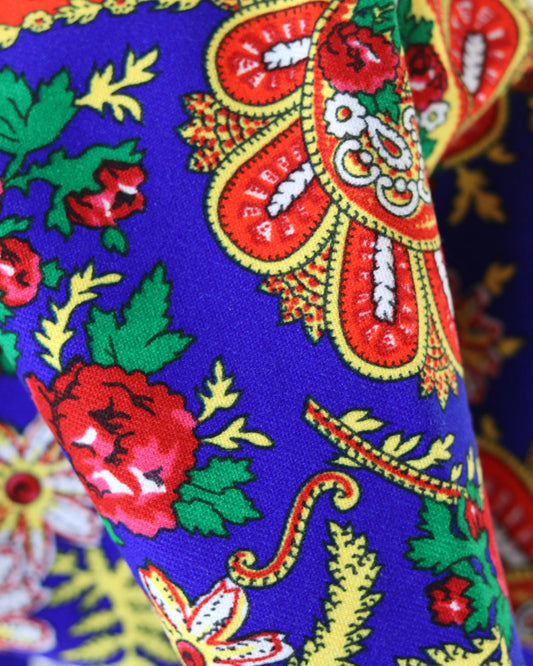The influence of folklore on Viana's identity
Viana do Castelo has a very unique way of recognizing itself. What unites neighborhoods, parishes, generations, and those who work abroad is a set of practices that are heard, worn, and danced. It's called folklore, but it's more than just a spectacle. It's shared memory, local economy, civic education, and everyday politics.
Roots that tell where we come from
Viana folklore arises from the meeting of the sea and the fields. The port, the work, the commerce, the small-scale farming, the fairs, and the pilgrimages wove a musical and gestural culture that passed from parents to children without much fanfare. People learned by ear, imitated the steps in the yard, and embroidered in the evenings.
In the early 20th century, the ranchos began to organize, establish songs and choreographies, collect costumes, and record lyrics. There were moments of crystallization and others of renewal. Between museumization and real life, Viana found his own path, where collecting coexists with everyday practice.
Today, these groups continue to be spokespeople for a rural world that hasn't completely disappeared. It has shifted scale, acquired new social functions, and begun to interact with the city and tourism, but it hasn't lost its symbolic centrality.
The music that makes the city breathe
The sound of Viana is the percussion of bass drums, the response of accordions, and the tireless ukuleles. The Zés Pereiras pave the way, setting the rhythms of processions and parades. The people respond with applause, with choruses everyone knows, with that contagious joy that fills the streets.
Modalities like vira, malhão, chula, cana-verde, and desgarradas aren't just musical forms. They're codes of sociability. The call and response creates interaction, the lyrics are witty, and the beat invites a circle.
Instruments that say a lot:
- Concertina, versatile and present in almost every ruckus
- Cavaquinho and viola braguesa, harmonic and rhythmic basis of the fashions
- Drums and snare drums, the engine of the street parties and the party
- Reco-reco, ferrinhos and tambourines, details that add color and swing
Music, so connected to the body, marks social time. It marks harvests, promises, and weddings. And it builds community.
Dance as a living archive of the body
Minho dance operates on two levels: vigor and delicacy. There are leaps and turns, but also small gestures reminiscent of fieldwork, courtship, and complicity.
The circle, the pair, the passage from one pair to the next, and the way the circle opens to welcome the youngest members provided and continues to provide rules for coexistence. A living archive of the body, where learning is doing, repeating, and refining.
And when the square opens for the vira, no tourist can resist. Those who see it want to be part of it. Viana knows how to welcome.
Costume and gold, aesthetics and identity
Viana's attire is a calling card. Vibrant reds, deep blues, aprons embroidered with floral and agricultural motifs, scarves with patterns recognizable from afar. And gold. Lots of gold. Layered, in intricate threads, with the Heart of Viana shining on the chest.
There are various costumes, each with its own functions: farmhand, Sunday attendant, bride, butler. Each one reflects status, moments, and uses. Viana's embroidery, with its specific design and refined technique, has sustained workshops and entire families for decades.
Gold, piece by piece, is inheritance and savings. It's affection converted into tangible heritage. It's also the work of goldsmiths who guard trade secrets and invent solutions for the present, connecting tradition with new aesthetics. Local designers take these codes, reinterpret them, and create pieces that circulate between ethnographic fashion shows and the catwalk.
The pilgrimage that marks the calendar
Senhora d'Agonia is much more than a summer highlight. It's the day that organizes rehearsals, sewing sessions, instrument cleaning, and volunteer networks. It's when the historical-ethnographic procession gives way to the parishes, when the stewards shine, when the entire city sees itself in the parade.
There are moments that stick with you:
- Procession to the sea, with decorated boats and a promise paid with salt and wind
- Flower carpets on the avenue, a collective work that perfumes the city
- Zés Pereiras opening the way, giants and big heads dancing in the interstices
- Procession of the stewards, where gold speaks loudly and pride is assumed
Tourists do come, yes. But the party is for those who live there and those who return so they don't lose the thread of the story.
Where it is learned and how it is transmitted
Viana's folklore doesn't survive by miracle. There are informal schools within the ranches themselves, open rehearsals, collections in family archives, and programs at the Costume Museum and libraries. Teachers and dance masters organize workshops for children and adults, embroidery techniques are passed from table to table, and musicians share their rhythms and variations.
Partnerships with municipal schools are gaining importance, where local projects include sessions on costumes, music, and crafts. When a child puts on the scarf for the first time and feels the weight of the costume gold, an emotional connection is opened that connects them to the place.
Technology also helps. Audio and video recordings preserve trends that were fading away, digital platforms allow for comparisons, and online courses explain embroidery stitches. They don't replace social interaction, but they do expand reach.
The diaspora that carries Viana in its heart
Paris, Luxembourg, Switzerland, Toronto. There are groups of Viana natives rehearsing in parish halls and emigrant associations, there are transatlantic Senhora d'Agonia festivals, there are concertinas that have crossed oceans in suitcases.
The diaspora adds layers. A Portuguese man from Viana is born with mixed accents, who sings the vira with the same determination as those who stayed behind. At community festivals, fantasy comes out of the closet and takes on a life that soothes longing and builds a sense of belonging for children and grandchildren.
This back and forth also brings innovation: guest musicians, exchanges with other traditions, collaborative projects that bring new interpretations of the same repertoire back to the city.
City, economy and cultural sustainability
Folklore moves people and money. Seamstresses, embroiderers, goldsmiths, instrument makers, event organizers, sound and lighting technicians, guides, and mediators. The value chain is extensive, though not always visible.
When well-managed, folklore creates skilled employment and creates strong territorial brands. Viana Embroidery is certified, filigree gold is gaining new product lines, and specialized stores sell to the world. The restaurant and hotel industries feel the effects of major events, but also of the annual cycle of rehearsals and gatherings.
It's important, however, to avoid letting everything boil down to photos and souvenirs. Authenticity is built with time, knowledge, and fair compensation. It's not incompatible with tourism, as long as the center remains respectful of those who do the work.
A map of social functions
Popular culture plays distinct and complementary roles. Seeing the whole picture helps us make more informed decisions.
| Element of folklore | Identity functions | Economic dimension | Risks if poorly managed |
|---|---|---|---|
| Music and songs | Cohesion in festivals and rituals, oral transmission | Fees, classes, recordings, festivals | Excessive commercialization, loss of local repertoire |
| Dance and choreography | Rules of coexistence, body memory | Workshops, shows, cultural tourism | Stereotypical choreography without context |
| Suit and gold | Visual symbol of belonging | Crafts, goldsmithing, fashion | Low-quality imitators, symbol exploitation |
| Embroidery and handicrafts | Know-how, patience, community | Workshops, certified sales | Industrialization without criteria, decharacterization |
| Pilgrimage rituals | Spiritual and civic connection | Services, accommodation, mediation | Reduction to media event, logistical pressure |
| Associated gastronomy | Hospitality, family memory | Restaurants, local products | Standardization for tourists, loss of seasonality |
Looking at this table carefully is an invitation to design more lucid public policies and private initiatives, where cultural value and economic value reinforce each other.
Institutions that support the home
The Viana do Castelo Costume Museum is more than an exhibition space. It's a documentation, training, and mediation center. Its activities help establish quality criteria, share the stories behind the pieces, and avoid clichés.
Folklore group associations, schools, and city halls collaborate on projects that organize the calendar and support those who make them. Residency programs for artisans, competitions that promote embroidery and drawing, concertina and bass drum gatherings, publications that record fashion variations—all of this counts.
When public authorities embrace popular culture as a strategic asset, civil society responds energetically. Viana is proof of this.
Tradition and creation, a fertile dialogue
Treading the same old path doesn't mean repeating the same old story. Young musicians are blending the traditional style with contemporary styles, bringing projects to life with artistic quality and respect for the original. Designers are working with longtime embroiderers, transforming traditional motifs into contemporary pieces.
In photography and video, new perspectives broaden the perception of costumes and rituals, without becoming folkloric. The city hosts art installations inspired by the Heart of Viana and the scarf, while merchants reinvent storefronts with subtle references.
When experimentation stems from knowledge, the result is rich. And this attracts demanding audiences, both domestically and internationally.
Heritage education with ambition
There's fertile ground in schools. Interdisciplinary projects can combine local history, visual education, music, and citizenship. On the ranches' side, mentors are prepared to welcome classes, explain repertoire choices, demonstrate the seams, and disassemble and assemble a costume live.
Quality educational resources make a difference: instrument fact sheets, videos that teach basic vira steps without caricatures, and freely accessible embroidery notebooks. And a network of guided tours that takes classes to rehearsals, workshops, and museums.
The impact is visible. Young people who join out of curiosity stay out of pride, and they have countless stories to tell.
How to support in everyday life
Simple gestures, lasting effects:
- Buy certified embroidery and gold from local workshops
- Hire folklore groups with fair fees and adequate performance conditions
- Promote events with accurate information, avoiding stereotypes
- Participate in workshops and courses, and bring friends
- Support archiving and digitization projects for family collections
- Give time and space to those who rehearse and teach
The results add up, in the pockets of those who work and in the hearts of those who watch.
Heritage that moves, people who meet
Folklore in Viana isn't just a static display. It influences the soundscape, the way we dress on special days, the routes we take through the city, and the alliances we build between parishes and generations.
When the square fills for a vira and the voices align in the chorus, identity ceases to be an abstract concept and becomes muscle, skin, and smile. It is in this vibration that Viana recognizes herself, organizes herself, and projects confidence in the future.



